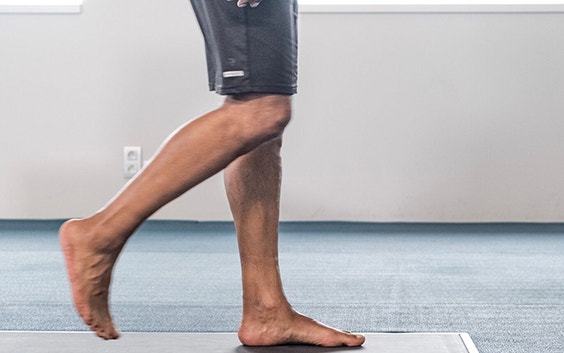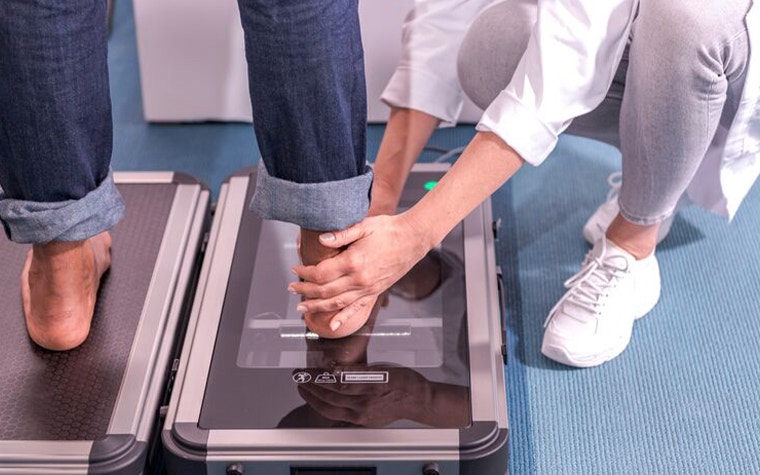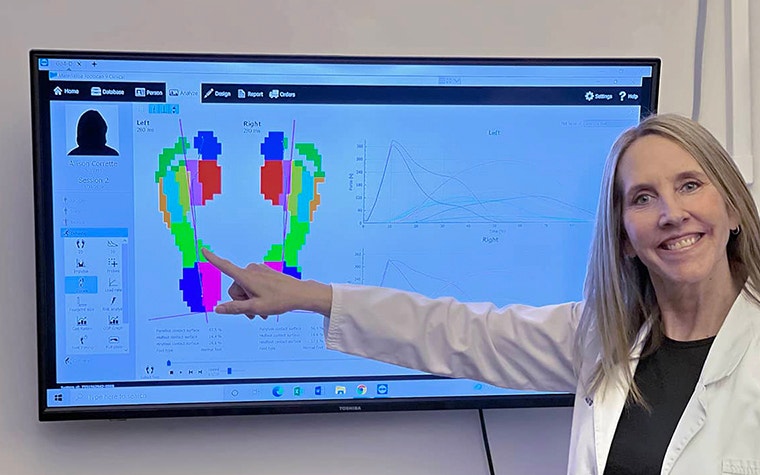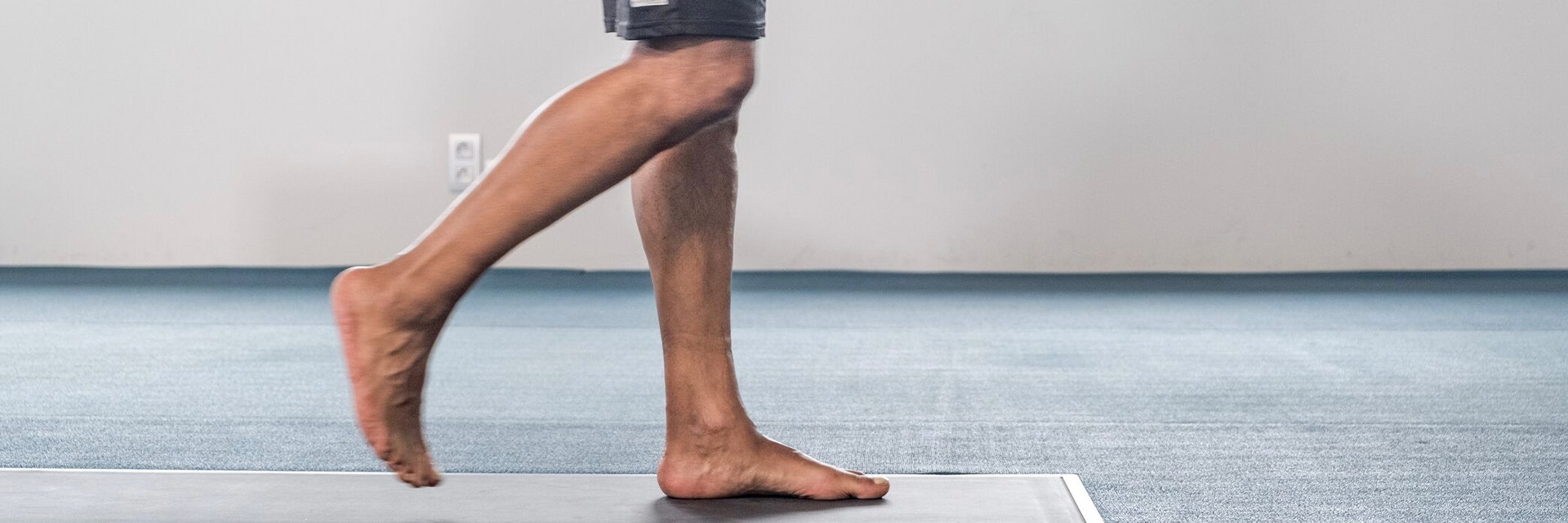
INTERVIEW
How Phits Suite Brings More Efficiency into a Podiatrist’s Workflow: Q&A with Dr. Jenny Sanders
The time it takes to do physical assessments to create custom orthotics for a patient has been cut in half thanks to Materialise Phits Suite. This is according to Dr. Jenny Sanders, who has 20 years of clinical and biomechanical experience and switched to Materialise Phits Suite for a more seamless workflow. Plus, the digital end-to-end solution gives her more information thanks to the unique combination of gait analysis and 3D scanning data, ultimately leading to greater patient satisfaction for the 3D-printed orthotics.
How did you discover Materialise Phits Suite?
I wanted to consult other more extensive and professional labs in the U.S. because the quality of manual-made orthotics was inconsistent. I was struggling with recurring issues. A few years ago, I found out about 3D-printed orthotics and reached out to a couple of companies that were active in that field. The technology at that point was not entirely developed, so it wasn't worth the effort. However, later, after researching Podiatry International chat forums, phits and Go 4-D came up. Then I contacted Paul Linton, CEO of Go 4-D, and the rest is history!
What were the key elements that convinced you to choose Materialise Phits Suite?
I saw benefits in the offering immediately, but what made a big difference was the dynamic measurements. One of the issues I often encountered was incorrect data. When the patient was in a neutral position on a non-weight bearing 3D scan, the lab would consider weight-bearing and add data to the positives. When I saw the use of a 3D scanner with the footscan pressure plate, it made perfect sense to combine the two.
Increased patient care and an efficient workflow
Can you describe your workflow?
We used to allocate 45 minutes for the assessment. Now we schedule 30 minutes, but the entire process can be done in 15 to 20 minutes. It’s terrific how my workflow is so much faster and more efficient.
The examination starts with basic measurements, which takes about five minutes. Then we move to the 2D dynamic measuring where a patient walks over the footscan pressure plate a couple of times. Then we continue with 3D scanning. My medical assistants are trained in 2D gait analysis and static 3D scanning, but they usually assist me only when doing standing static measurements. When it comes to walking and running tests, I usually do them alone with the patient.


When you finish measuring you then start designing the orthotics to be 3D printed. How do you proceed from here?
Since the patients are quite curious about the technology, we dedicate time to show them where the issue is, indicating 2D dynamic pressure points in both feet and explain the 3D visualization. This is an excellent extension of the entire process because the patient feels very much involved and can gain a deeper understanding of their unique pathology.
How much information do you share with your patients when explaining the design of orthotics?
My goal is to help them understand what's happening dynamically and compare it with how I will address their issue mechanically. I usually don't overwhelm them with too much information, but if somebody wants more details or has a problem with the device, I will do another scan to figure out what needs to be corrected. Then I can also show them the before and after scans and explain the additional corrections.
Talking about patient satisfaction in general, do you have the impression your patients are now more satisfied? Do they often come back for a second pair?
I had a patient who'd had orthotics for a long time, but the first time he put on the phits orthotics, he was astonished how they didn't feel like orthopaedic devices because they are lightweight and designed to fit perfectly.
Most of my patients appreciate the benefits they have and enjoy wearing their 3D-printed orthotics for different activities. One of my patients has 17 pairs! Previously it was almost impossible to create the exact pair of orthotics, but now, thanks to the digital workflow and 3D-printing technology, creating duplicates has never been easier.
It's fantastic: we can design a new pair of orthotics in just a few clicks and adapt them to fit any shoe, specific need, and activity.
Orthotics aren't devices made exclusively for medical purposes anymore. Today, they are more accessible and can be tailored for sports and work, which is quite revolutionary.


When you compare the Materialise Phits Suite workflow with your previous process, what are the main differences?
The new scanning devices ensure the correct pressure measurements, and then the analysis system, and the footscan software do most of the heavy lifting. I can quickly check the design, get recommendations, make manual adjustments, and repeat orders with one click. It is much more efficient and much faster, which makes it an ideal solution!
Share on:
You might also like
Never miss a story like this. Get curated content delivered straight to your inbox.
